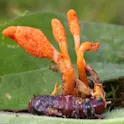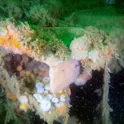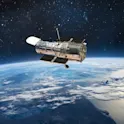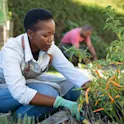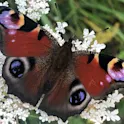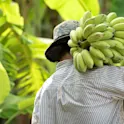
Featured news
31 Oct 2022
Response to the Leiden Madtrics blog – 31 October 2022
Leiden Madtrics is the official blog of the Centre for Science and Technology Studies (CWTS) at Leiden University. Below, we offer our acknowledgment and our response to this blog about Frontiers. We are glad that the editors are pleased and proud of the outcome of their Research Topic project. This is a hugely important area and their contribution will serve to inform and encourage debate, which is something we, at Frontiers, always welcome. Further, we are sorry that they were dissatisfied with their experience and felt their opinions went unheard. The subject area of their collection proved to be particularly challenging to the AI algorithms we employ at Frontiers, including for the identification of reviewers, which in general have been less well-trained in the social sciences, although this is an area we continually are seeking to improve. We still feel that an editorial was not the appropriate channel for the discussion, but we had not yet ruled out its publication. We had suggested that we use their experiences as feedback to our product development team, to have a constructive discussion directly with those who are working on the Frontiers platform, and from there create lasting improvements. We will take this as an opportunity to learn […]





